By Walter S. Zapotoczny
When most people think of the Italian Army in North Africa during World War II, they tend to believe that the average Italian soldier offered little resistance to the Allies before surrendering. Many believe the Italian Army, as a whole, performed in a cowardly manner in North Africa.
The reality is not so simple. The question remains as to whether the Italians were really cowards or actually victims of circumstance. While the Italian soldier’s commitment to the war was not as great as that of the German soldier, many Italians fought bravely. The Italian Littorio and Ariete Divisions earned Allied admiration at Tobruk, Gazala, and El Alamein. The Italian Army played a significant role as part of the German Afrika Korps and made up a large portion of the Axis combat power in North Africa during 1941 and 1942. In the interest of determining how the Italian Army earned the reputation that it did, it is necessary to analyze why and how the Italians fought.
Mussolini’s Campaign in Africa
In 1940, it appeared that German successes in Poland, France, and Norway would end the war. Italian dictator Benito Mussolini was concerned that Italy might lose its share of the spoils. On June 10, 1940, he declared war on Britain and France. He was sure that France and Britain would soon surrender and did not believe Italy would have to do much fighting.
Mussolini wanted to occupy the French and British colonies in Africa and seize control of the Suez Canal from the British. In August 1940, he ordered attacks on British positions in East Africa and Egypt. Troops from the Italian colony of Ethiopia invaded British Somaliland and quickly overran its garrison made up of mostly conscripted natives.
At the same time, other Italian troops began to move westward from Ethiopia into Sudan to seize the upper Nile Valley. They quickly captured Kassala and Gallabat, while more Italian troops moved south to capture Moyale, in the northern part of the British colony of Kenya.
Buoyed by their successes, the Italians prepared to march from Libya across northern Egypt to seize the Suez Canal. The youngest elements of the Italian Army were indoctrinated to consider themselves invincible because they were Italians and Fascists. They were taught that their enemies were inferior and would be easily defeated. Mussolini repeatedly refused offers of assistance from Hitler during this period, convinced that his forces could vanquish the British.
Operation Compass: a Crushing Counterattack
On September 13, 1940, Marshal Rodolfo Graziani, commander of the Italian Army in North Africa, began his advance into Egypt, hoping to make a quick dash to the Suez Canal. He commanded a 236,000-strong army supported by a powerful air force. Yet, behind the overwhelming numbers facing the British were glaring weaknesses that not even Graziani’s Fascist confidence could overcome.
The Italian Tenth and Fifth Armies in Libya marched on foot, while the British rode in trucks. Two of the six Italian divisions were Black Shirt militia outfits, clad in fancy black uniforms, but poorly trained soldiers. The main characteristic of Italian tactics was a lack of flexibility. They had remained attached to one principle, which consisted of the concentration of the greatest mass possible for whatever task lay ahead of them.
In addition, Italian divisions were reduced from three regiments to two. This created more Italian divisions but weakened their strength. Further, the Italian forces relied on poor, obsollete equipment. Armored cars dated back to 1909. The L3 tank mounted only two Breda machine guns. The underpowered and thinly armored M11 tank was no better. Its 37mm gun could not traverse. The heavyweight M13 tank packed a 47mm gun but crawled along at nine miles per hour. None could match the British Matilda tank with its 50mm armor and 40mm gun. Italian troops were short of antitank guns, antiaircraft guns, ammunition, and radio sets. Artillery was light and ancient.
Italian infantrymen carried the Mannlicher-Carcano rifle, an 1881 model, which suffered from low muzzle velocity. Their Breda machine guns were clumsy to operate and jammed easily. On the other hand, the British troops used the reliable .303-caliber Lee-Enfield rifle and the very good Bren and Vickers machine guns. The Italians also had problems in the air. While they could sortie 84 modern bombers and 114 fighters, backed up by 113 obsolete aircraft, they were completely outclassed by the British Hawker Hurricane fighter aircraft. Furthermore, the British Army, which had trained for years in the Egyptian desert, was much better at maintaining its equipment under the extremes of the arid climate.
Four Italian divisions and an armored group under General Annibale Bergonzoli advanced slowly toward Egypt, across a hostile landscape in temperatures of up to 122 degrees Fahrenheit. They succeeded in covering only 12 miles a day. Historically, the Italian Army was structured for deployment in the mountainous terrain found in Italy and its immediate neighbors. Graziani’s army as a whole was not trained for desert warfare, and the heat and sand took a toll on men and equipment.
British General Archibald Wavell’s forces, which where distracted in French West Africa, offered little resistance, and the 23 March Black Shirt Division occupied Sidi Barrani on September 16. The Italians were now 60 miles inside the Egyptian border. Despite the superior Italian strength, the British attacked on December 9. General Richard O’Connor led two divisions, the 7th Armored and 4th Indian, in the attack, supported by the 7th Royal Tank Regiment.
The Italians could not stop the British Matilda tanks. They quickly found a gap in the Italian defenses. Taking advantage of the rigid Italian tactics, poor leadership, and equipment deficiencies, they dashed through, surprising Graziani. The main British force raced for the coast at Sidi Barrani, while detachments slashed at the rear of the Italian units.
The Italians did not have the flexibility to deviate from their formations. While individual soldiers fought bravely, within two days nearly 40,000 Italians surrendered. The rest of Graziani’s force retreated westward toward Libya. The average Italian soldier began to have serious doubts as to his army’s invincibility, and a lack of confidence in Italian leadership reached crisis level.
The devastating British offensive of December 1940 had led to a series of severe reversals. Therefore, the Italian high command requested German assistance. The Luftwaffe’s X Fliegerkorps was ordered to Italy from Norway and arrived in Sicily in late December 1940. The Germans operated against Allied shipping and patrolled the sea-lanes between Italy and Libya. However, by mid-February 1941, having not yet received the ground support he requested, Graziani’s Italian forces were overrun and 115,000 men surrendered.
The Afrika Korps Arrives
In the wake of the Italian defeats, Hitler decided to send a German Army formation to Libya. The intervention was code-named Operation Sunflower and included the 5th Light and 15th Panzer Divisions. Forward elements of the German force began to arrive in Tripoli on February 14, 1941. The Deutsches Afrika Korps was formed five days later. General Erwin Rommel commanded German forces in North Africa and, for the sake of diplomacy, was directed to serve under General Italo Gariboldi, who had succeeded the defeated Marshal Graziani as the Italian commander in North Africa.
Immediately after his arrival at Tripoli on February 12, 1941, Rommel began organizing the defense of Tripolitania, in western Libya, and making plans for offensive actions. The Italian Ariete and Trento armored divisions arrived from Italy. The Ariete was composed of 6,949 men, 163 tanks, 36 field guns, and 61 antitank guns. Motorized infantry consisted of the 101st Trieste Division and the 102nd Trento Division. The semi-motorized infantry contingent included the 17th Pavia Division, 25th Bologna Division, and the 27th Brescia Division. Like the motorized formations, these units had two regiments of infantry. The infantry divisions consisted of the 55th Savona and the 60th Sabartha.
The Italians introduced the more modern M-13/40 tanks, grouped in motorized units and not thrown together like Graziani’s tanks during his offensive. They also utilized their first company of armored cars. To erase the poor performance of some obsolete artillery, the Italians introduced the use of self-propelled guns in close support and in antitank attacks by “massing” the artillery. The Ariete Division began to use the 90/53 antiaircraft gun, which was capable of piercing 100mm of armor at 1,000 yards. Rommel had at his disposal 100,000 Italian soldiers, 7,000 Italian trucks, 1,000 Italian guns, and 151 Italian aircraft.
Rommel Goes on the Offensive
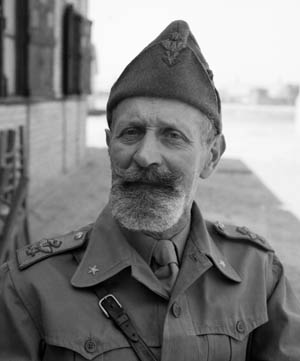
Rommel’s orders were to assume a defensive posture and hold the front line. Finding that the British defenses were thin, he quickly defeated the Allied forces at El Agheila on March 24. He then launched an offensive which, by April 15, had pushed the British back to Salum, capturing all but Tobruk, which was encircled and besieged. During this drive, he also managed to capture two British generals, Richard O’Connor and Sir Philip Neame.
Gariboldi tried to restrain Rommel, insisting that any further moves would be in direct violation of orders. Rommel ignored him, stating, “I decided to stay on the heels of the retreating enemy and make a bid to seize the whole of Cyrenaica at one stroke.”
Benghazi, Libya, fell on April 3, and El-Mechili was taken the next day. By April 11, the Axis forces had bypassed Tobruk and reached Bardia, Sollum, and the Halfaya Pass. Rommel attacked Tobruk on April 14 but was repelled by the British. The Allies, under the command of British General Claude Auchinleck, launched Operation Crusader on November 18, 1941. All the territory gained by Rommel was recaptured, with the exception of garrisons at Bardia and Sollum. Most significantly, the Axis siege of Tobruk was relieved. The front line was again set at El Agheila. Panzer Group Afrika was re-designated as Panzer Army Afrika on January 30, 1942.
After pausing to replenish and reorganize his forces, Field Marshal Rommel launched an attack against Gazala in late May 1942. Rommel personally led elements of Panzer Army Afrika, the Afrika Korps, the Italian XX Motorized Corps, and the German 90th Light Afrika Division in a flanking maneuver around the southern end of the British lines, trusting to the enemy’s own minefields to protect his flank and rear. Under German leadership, the Italian X Corps pinned the Allied troops down with a frontal attack, and the Italian 101st Motorized Division Trieste attacked the fortified “box” at Bir Hacheim from the west while the Italian 132nd Armored Division Ariete, on the left flank of Rommel’s sweep, attempted to seize it from the rear.
The front line ran south from the coastal town of Gazala, west of Tobruk, to the oasis of Bir Hacheim. The British forces were surprised but fought well, inflicting heavy casualties on the German forces and cornering them. Finding himself trapped between a minefield and the British defenses, Rommel was on the verge of surrender. On May 29, the Italian Trieste Division cleared a path through the center of the Gazala line. Rommel managed to break through the Cauldron area and overwhelm the British defenses. The British counterattack was confused and useless, easily defeated by the Italian and German forces who then continued toward Tobruk.
This campaign had seen the Ariete Armored Division fight as a single entity for the first time and had demonstrated that it could be a formidable force in the right circumstances. It had stopped the British 22nd Armored Brigade in its tracks from defensive positions at Bir el Gubi. It had kept the 1st South African Brigade out of the fight for extended periods simply by its presence, and it held its own in the face of considerable harassment from various British armored formations throughout the fighting. It captured a vital position from tough New Zealand troops almost without firing a shot and helped its German allies to destroy the 2nd New Zealand Division.
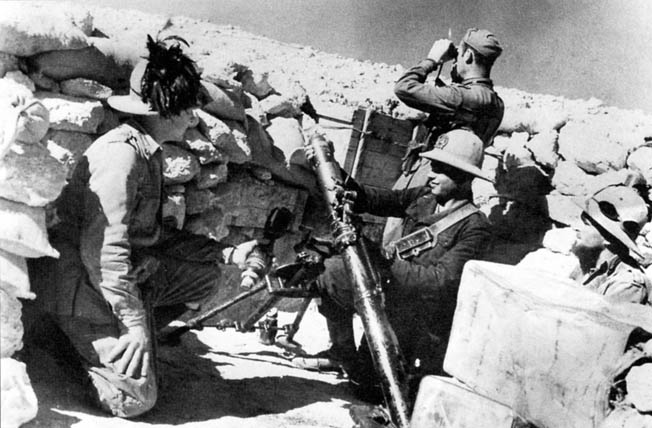
The Ariete Armored Division’s performance had been impressive at many levels, and it is arguable that it made a more positive contribution to Axis success than the Germans at a number of points during the fighting. This was a significant change from the Italian Army of 1940.
“The Italian Soldier Cannot be Compared to the German Soldier”
The Afrika Korps and the XX Italian Corps, with the assistance of the Luftwaffe, began to assault Tobruk on June 20. Throughout that day, 150 bombers flew 580 sorties.
“They dived on the perimeter in one of the most spectacular attacks I have ever seen,” wrote Major Freiherr von Mellenthin, Rommel’s intelligence officer. “A great cloud of dust and smoke rose from the sector under attack while our bombs crashed into the defenses… the entire German and Italian artillery joined in with a tremendous and well-coordinated fire.”
Tobruk fell to Rommel on June 21. Throughout July, Axis forces hammered at the British Eighth Army, which had abandoned its positions and retreated east to the El Alamein line. By this time, the combat power of Panzer Army Afrika comprised 66 percent Italian personnel, 57 percent Italian tanks, 57 percent Italian artillery, and 55 percent Italian aircraft. Even with impressive numbers, the differences between the German and Italian soldiers were becoming apparent.
German Field Marshall Albert Kesselring, who rose to command of Axis forces in the Mediterranean, provided a postwar evaluation of operations in North Africa, concluding of the Italians: “They seemed to have a garrison mentality, and, in fact, much of their training was done in garrison—a totally inappropriate practice for exposing troops to the hardships of the battlefield. Their training remained superficial, without having reached a satisfactory level. The Italian soldier was not a soldier from within. The Italian soldier cannot be compared to the German soldier. There was a lack of contact between the officers and the men. The officers enjoyed rations equivalent to their rank while the common soldier survived on minimal rations.”
The differences between the German soldier and the Italian soldier were obvious to many. While the Germans conveyed discipline and order, the Italian soldier was seen to be happy-go-lucky and disorganized. Many Italian soldiers performed well, while others seemed to lose their enthusiasm for the war.
Pushing Rommel Back
On August 31, Rommel, impatient to break through the El Alamein-El Qattara line and move on the Suez Canal, launched an attack against the Alam Halfa Ridge. He committed the German 15th and 21st Panzer Divisions and the Italian Ariete, Littorio, and the airborne Folgore Divisions. The Italian infantry advanced through the British minefields the entire day as a sandstorm raged. During the nights of August 31 and September 1, the Germans and Italians were the targets of heavy British bomber and fighter attacks.
On September 2, the British pushed the Axis forces back. By September 6, owing to fuel shortages, Rommel decided to withdraw his forces. During this time, the German-Italian armored formations were beginning to suffer severe supply shortages. Kesselring expressed disappointment with the Italian Navy and its effort to protect precious supply convoys in the Mediterranean. “Victory cannot be expected where action is governed by fear of losses,” he lamented.
On October 23, 1942, the second battle of El Alamein began. Rommel’s Panzer Army Afrika comprised the Afrika Korps, Panzer Army Afrika Troops, the Luftwaffe II Fliegerkorps, Italian X Corps, Italian XX Motorized Corps, Italian XXI Corps, which included eight Italian divisions, and the Italian 5 Squadra, Regia Aeronautica. The attack on German-Italian lines started with over 800 heavy guns firing at the German and Italian positions. The infantry attacked as the shells pounded Rommel’s lines.
Italian Bravery at El Alamein
Many Italian units demonstrated bravery in the face of the Allied advance. One of those units was the III Battalion, 61st Infantry Regiment, commanded by Captain Attillio Caimi. Uncertain of the situation in the darkness and with about 350 men equipped with six heavy machine guns, 18 light machine guns, and four 81mm mortars, the Sicilians maintained a curtain of indiscriminate shell and machine-gun fire along the western side of Miteirya Ridge, successfully delaying the efforts of British sappers to clear Axis minefields.
Units within the 102nd Trento Division performed quite differently under enemy fire. At about 4 am on October 24, the Allies had overwhelmed the remnants of Captain Manasseri’s II Battalion, 62nd Regiment. One company continued to resist for some time. Another was observed to be in full flight, screaming, “Front kaput!” as they encountered American-built Sherman and Grant tanks.
Several units of the 102nd Trento Division, including the antitank gunners of Captain Vigano’s Sardegna Grenadiers and Captain Alberti’s 51st Engineer Battalion, were reported to have fought well. The 102nd Trento Division artillery of Colonel Randi’s 46th Artillery Regiment had also waged a brave fight against superior Allied artillery. However, when it came to withdrawal in the face of overwhelming odds, the Sicilians of the 62nd Infantry Regiment tended to become disorganized. The better trained and led German 382nd Grenadier Regiment, on the other hand, was able to stage short, orderly withdrawals, maintaining the integrity of its battalions in the face of heavy attacks.
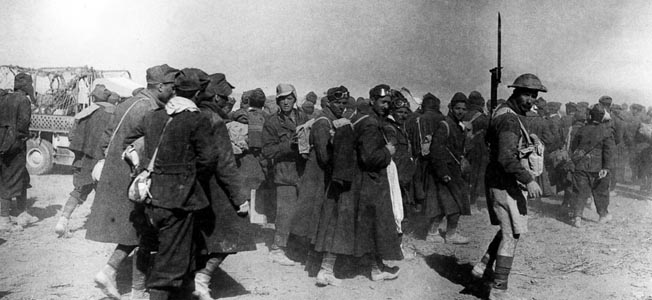
Opposite the 25th New Zealand Infantry Battalion and the South Africans of the Capetown Highlanders, Captain Caimi’s III Battalion, 61st Regiment continued to hold along Miteirya Ridge. With the loss of the 11th Company, III Battalion, 61st Infantry Regiment, Captain Caimi’s battalion had been reduced to about 19 officers and 340 men equipped with six 47mm antitank guns, seven 20mm antitank rifles, six heavy machine guns, six light machine guns, and four 81mm mortars.
Second Lieutenant Eithel Torelli, who was described as “bold, merry, and refreshingly outspoken,” was assigned to Captain Caimi’s 12th Company. The lieutenant’s attitude epitomized that of many of the Italian soldiers. He described the situation as follows: “At three o’clock, it was our turn. The bombardment stopped when the sun rose, and the breeze cleared the smoke and dust. The enemy infantry were a few hundred yards distant. We were firing away with our automatic weapons all morning, but things got a bit hot for us when they began to find the range with their mortars.
“On the flat stretch to the north there must have been about a hundred tanks. Our mortars got four of them and set them on fire. In the evening, we established communications among ourselves and exchanged news and opinions. I made the usual report to the captain, and we cracked a few old jokes; but it was obvious that we were both worried.”
Throughout the night, the Italian II and III Battalions, 61st Infantry Regiment had resolutely defended their positions against the heavy but uncoordinated attacks British attacks. In the process, the Italians had suffered more casualties. The 10th Company of III Battalion, 61st Infantry Regiment was overpowered, with 250 Italians captured.
Describing the events of the morning of October 25, 2nd Lieutenant Torelli wrote: “Toward morning the fighting began again, shortly after sun-up we witnessed a terrible hand-to-hand struggle over on our left. The German 5th/382nd was completely annihilated. Their C.O., a lieutenant, was one of the last to fall; we could pick him out easily enough because of his great height. The enemy got to within 200 yards of our position, but our mortar fire was too much for them and they beat a retreat. At 9 am, a solitary Stuka circled overhead, then dived on us, and let go its bombs. A short while after the incident enemy tanks infiltrated behind our positions and captured the remains of the 10th Company, the assault platoon and the H.Q. So our battalion was now reduced to the 12th Company and the remnants of the 9th.
“A tank came toward us with a man head and shoulders out of the turret brandishing a machine gun. Then it about-turned and made off. The boys turned the 47mm completely around, 180 degrees, but allowed the tank to get away. This was returning cowardice for cowardice if you like; but there were a hundred or more tanks roundabout. Three of the men, whose dugout was in pretty shaky condition, asked if they could come in with me; so there were four of us. The enormous superiority of the enemy tanks was getting them down a bit.”
The battalion commander, Captain Caimi, collected the scattered remnants of his headquarters company and counterattacked, reoccupying his battalion headquarters position.
Rommel’s Afrika Korps had suffered great losses, and he became convinced that the main thrust of Montgomery’s attack would be near the Mediterranean. The British and New Zealand infantry attacked south, and Rommel was taken by surprise. Across from the 25th New Zealand Infantry Battalion and the South Africans of the Capetown Highlanders, the Italian III Battalion, 61st Regiment continued to hold its ground along Miteirya Ridge even after experiencing heavy losses. Rommel put tank against tank, but he was hopelessly outnumbered. On November 4, 1942, Rommel began his long retreat to Tunisia.
Not Fit to Fight a European Opponent
General Siegfried Westphal, who served as Rommel’s chief of staff in North Africa, seemed sympathetic to the Italian performance in North Africa. “The Italian soldier was at a disadvantage compared with us as far as weapons, equipment, and other imponderables were concerned,” wrote Westphal. “He was neither equipped nor prepared for a war against a European opponent armed with the most modern weapons, because the Fascist regime had neglected the armed forces. The Army was particularly at a disadvantage in respect of tanks, antitank equipment, artillery, and antiaircraft defense. A considerable portion of the Army’s guns was still composed of the booty collected on the collapse of Austria-Hungary in the autumn of 1918. Their wireless posts were not in a position to transmit or receive while on the move. There were no field kitchens, and the rations were insufficient. Their industry was not equipped to meet the requirements of the armed forces during a war of long duration.
“It was therefore incomparably more difficult for our allies than for us. This has unfortunately not always been taken into account when judging their achievements. At any rate, I am convinced that we would also have been unable to achieve more success with out-of-date and inadequate arms and equipment.”
In the end, Rommel suffered many of the same problems as Graziani did earlier. The lack of transport and supplies and an enemy that had air superiority and almost limitless supplies were too much to overcome.
While the Italian Army was defeated easily in early 1941, the army commanded by Rommel was much more formidable and proved that with proper leadership and equipment the Italian soldier was up to the task. The early Italian defeats helped create the reputation that, to this day, defines the Italian Army’s performance in North Africa. The grueling conditions of the desert, the lack of equipment, and the lack of preparation for the venture did nothing to instill the Italian soldier with duty to a distant dictator. The fact that tens of thousands of Italians chose, voluntarily, to join with the Allies later in the war and fight the Germans in the equally inhospitable terrain of their homeland is often overlooked.
The fact that the average Italian soldier chose not to lay down his life in pursuit of Mussolini’s dream of conquest is cause for reexamination of the question as to whether the Italian Army in North Africa was a cowardly lot or a victim of circumstance.
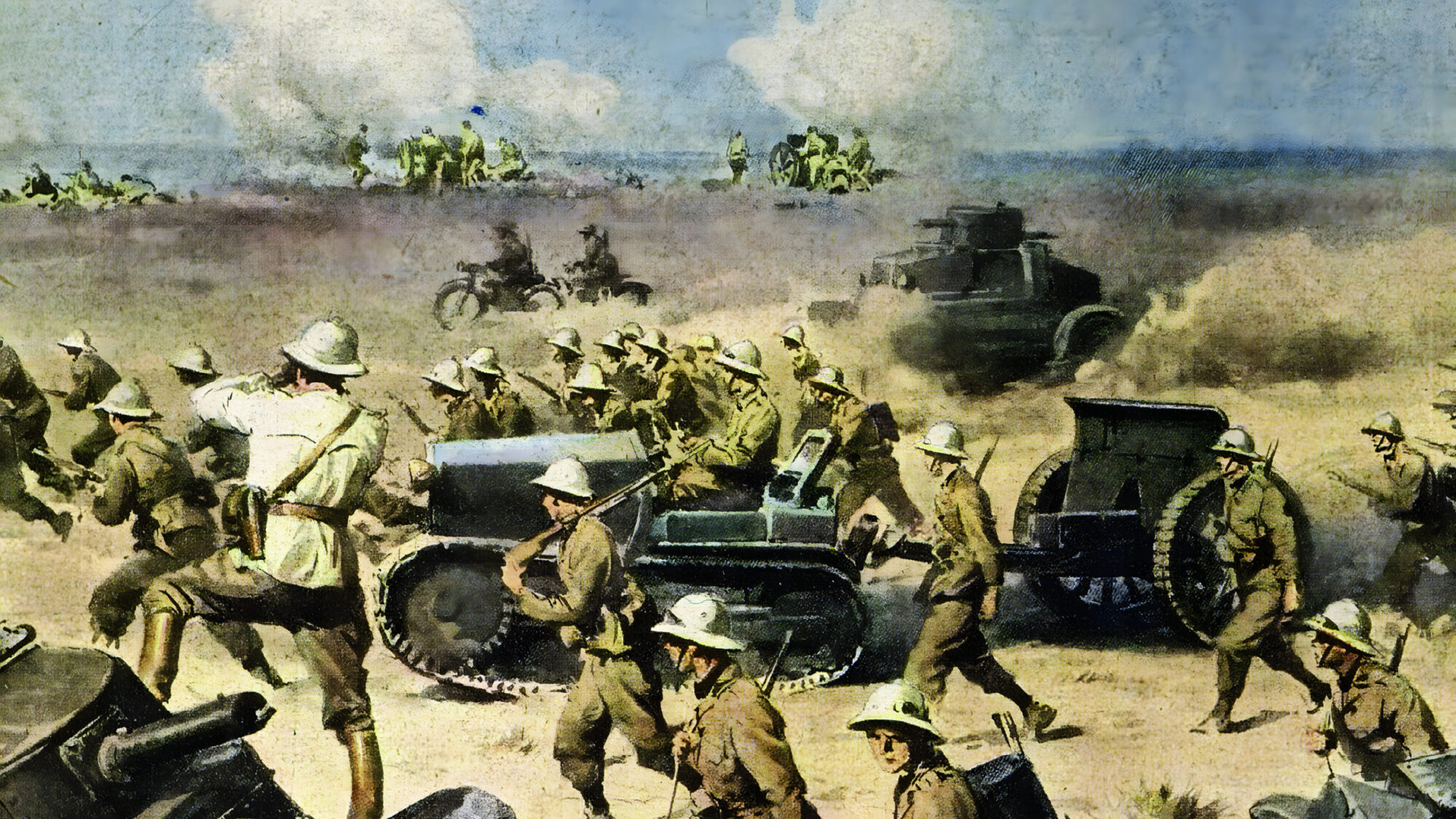
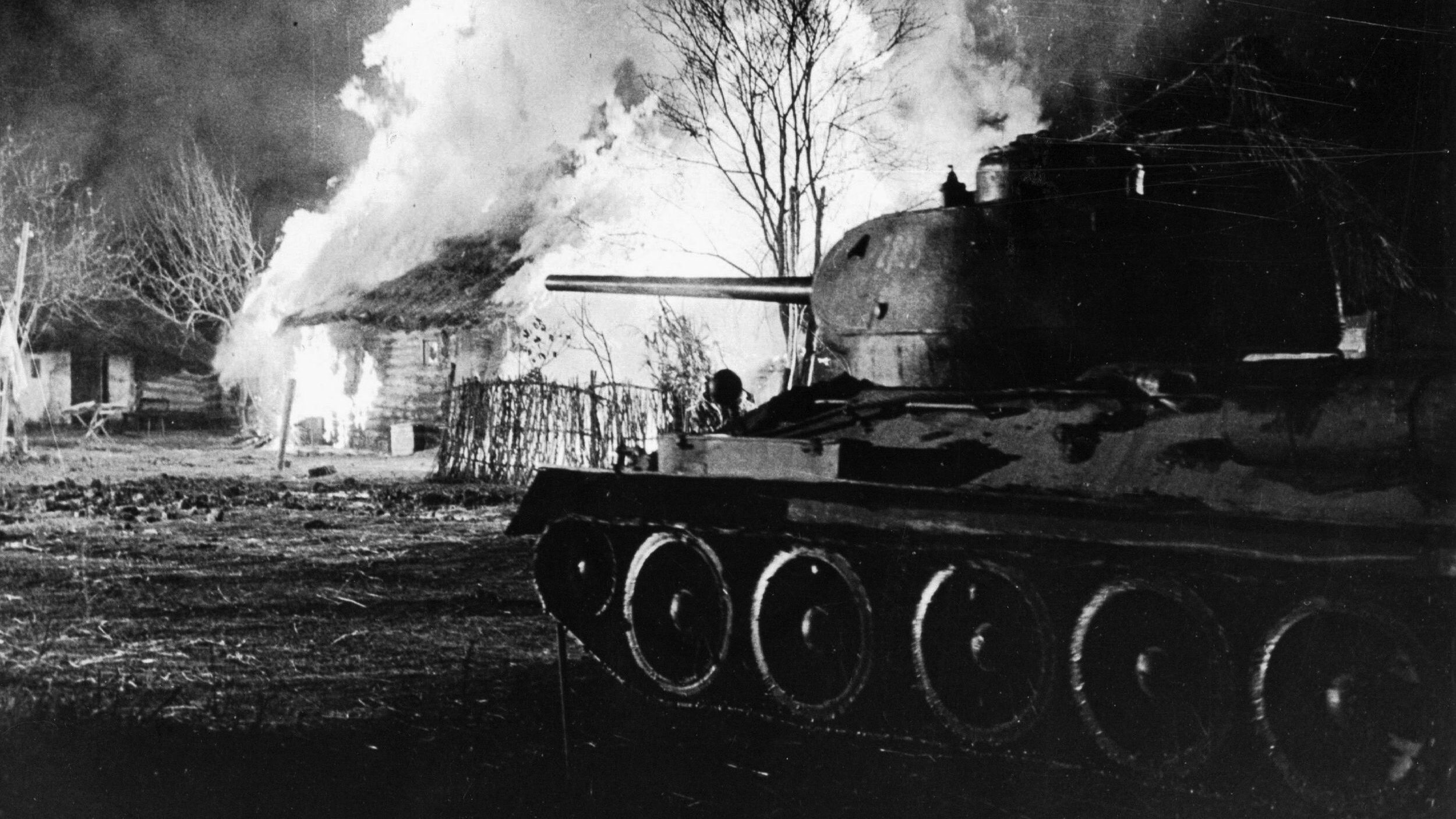
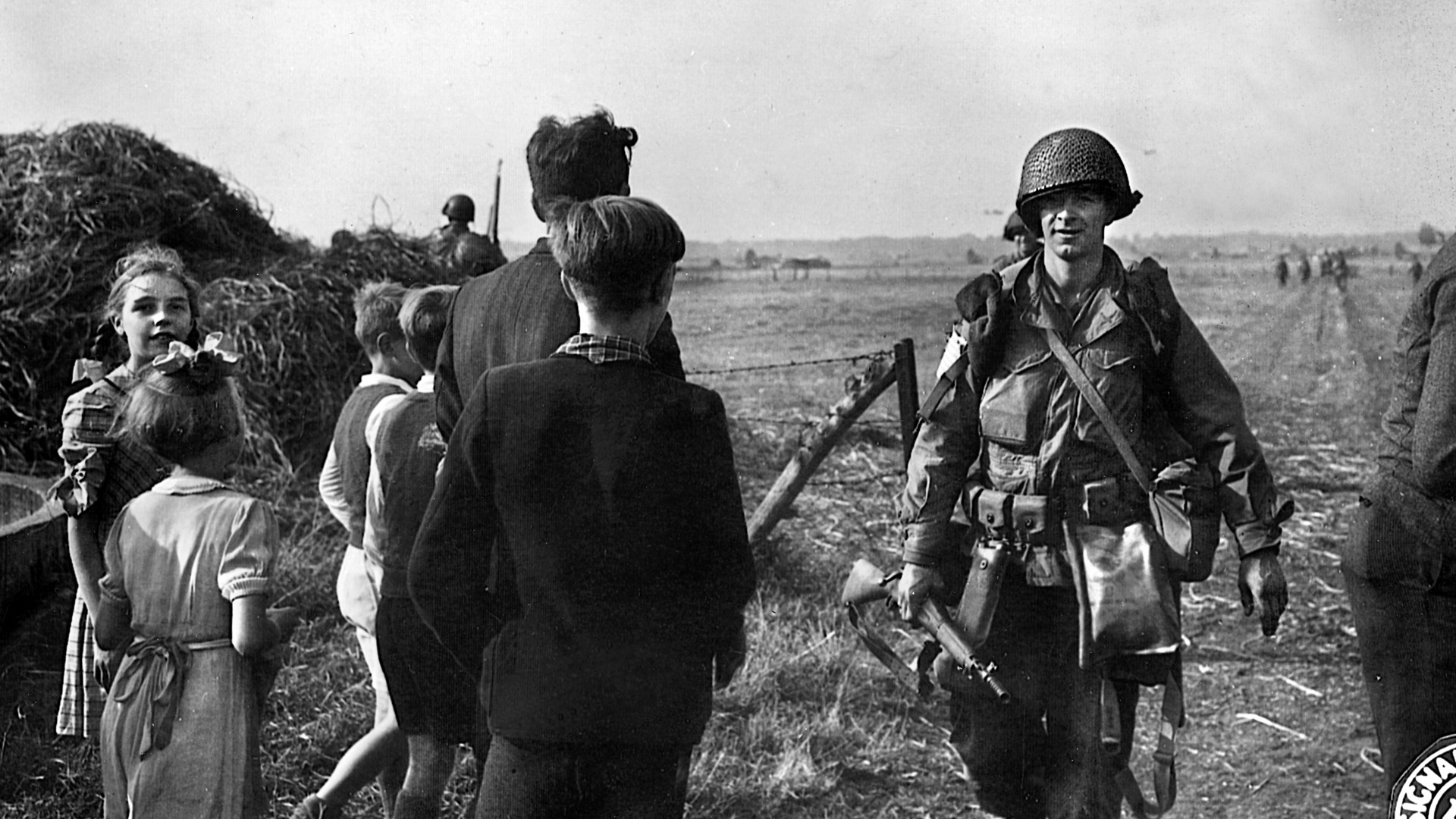
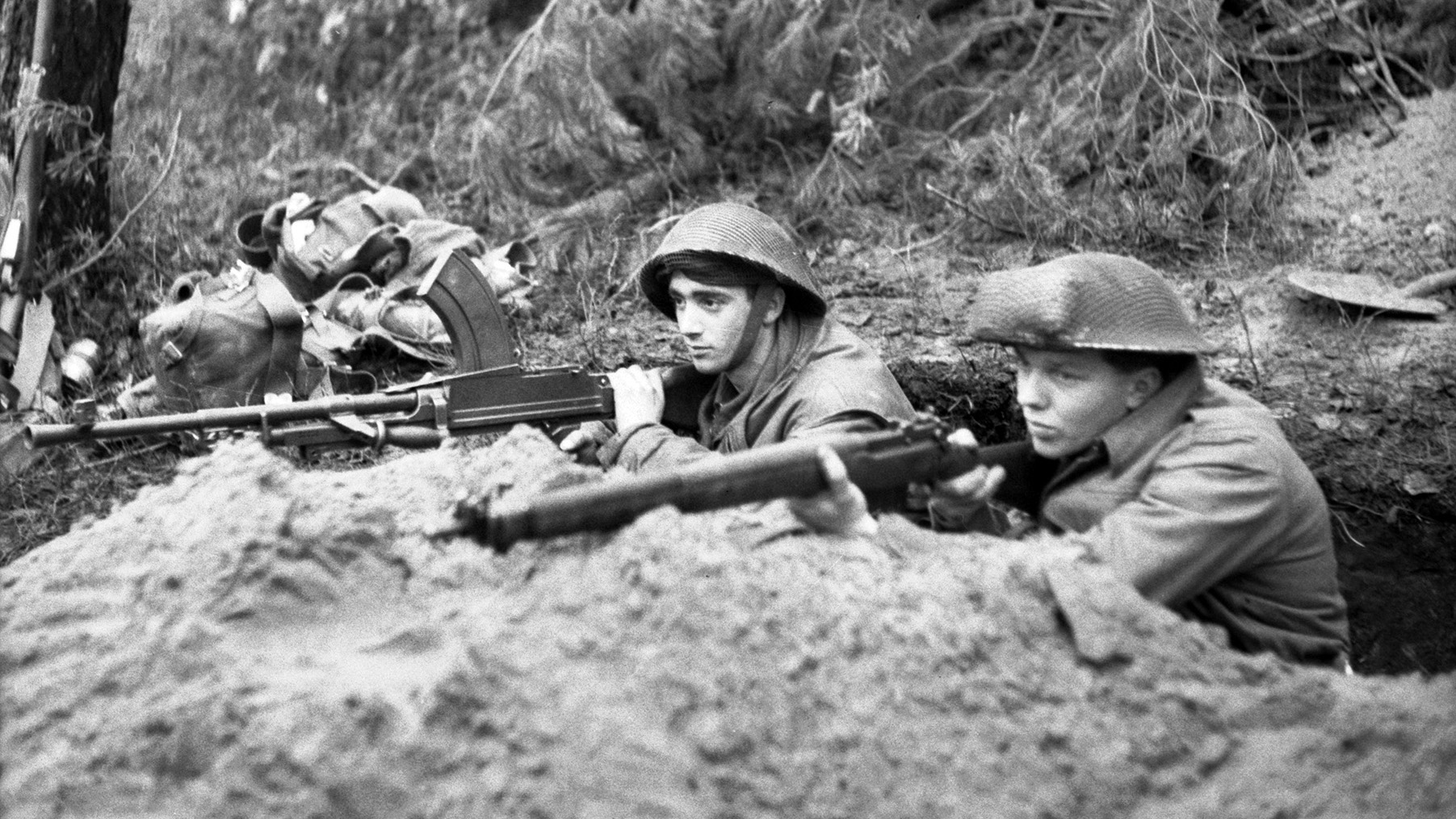
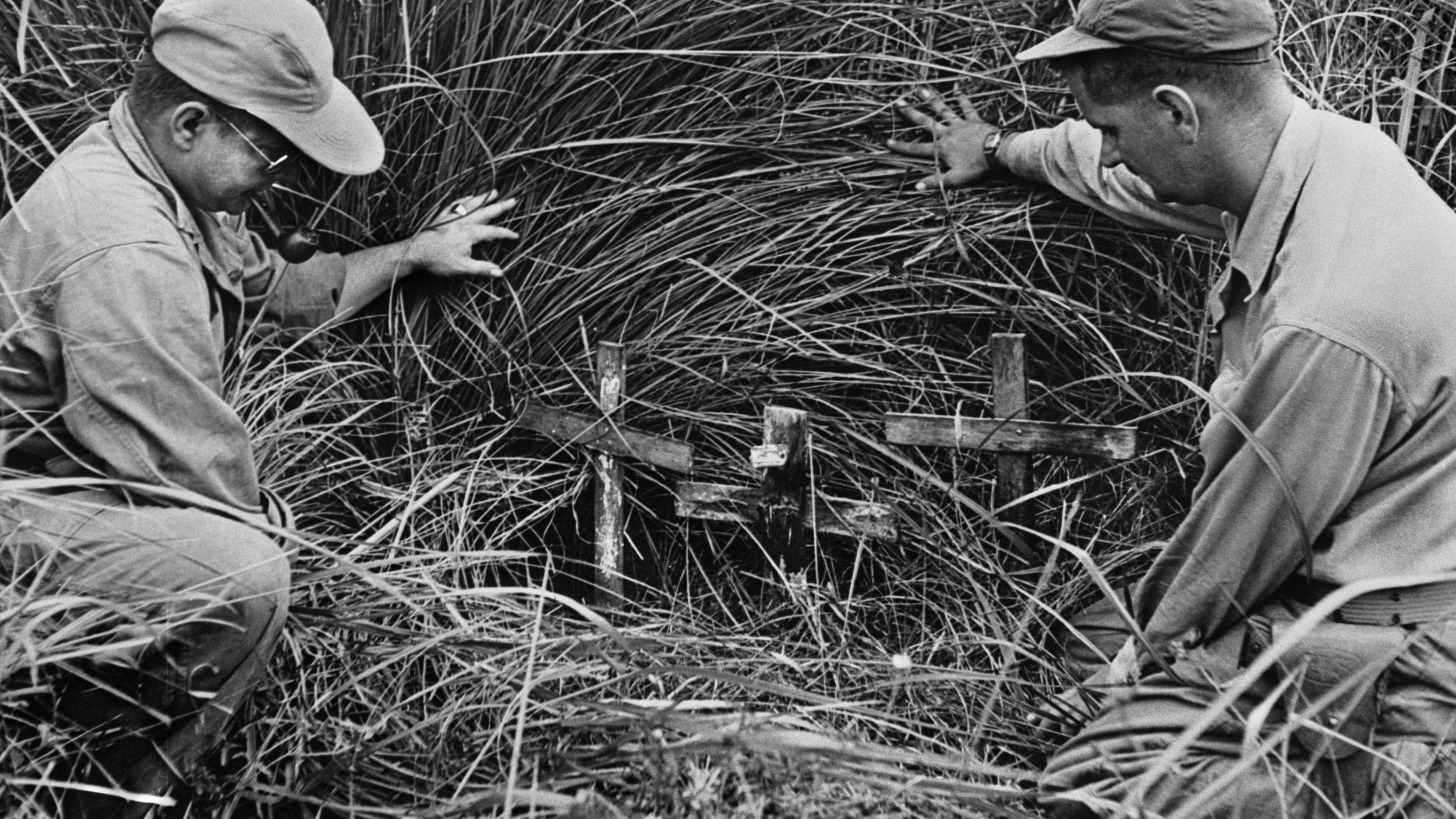
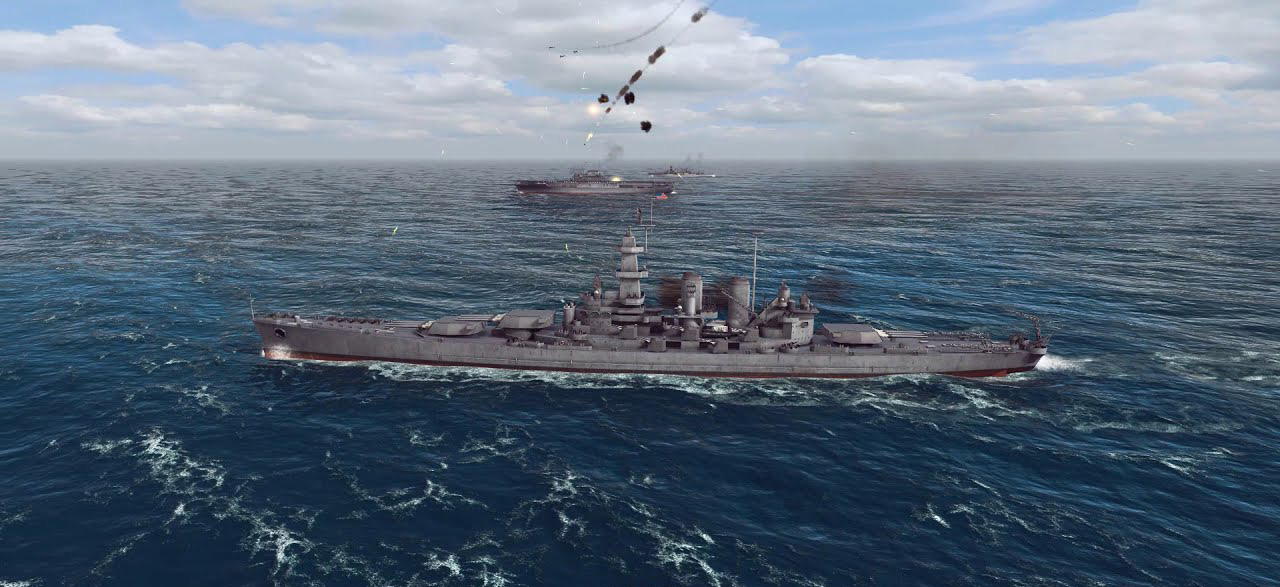
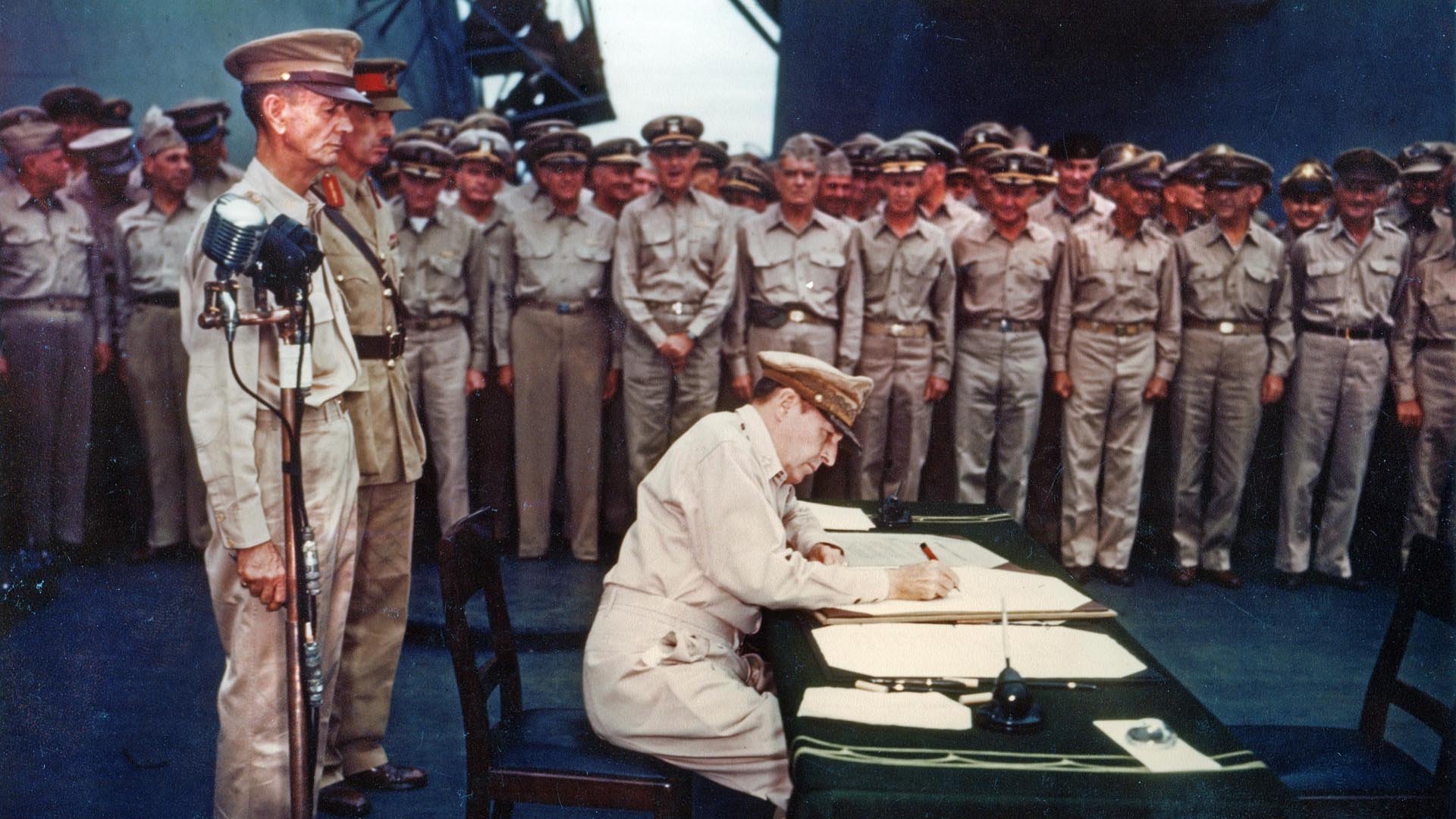
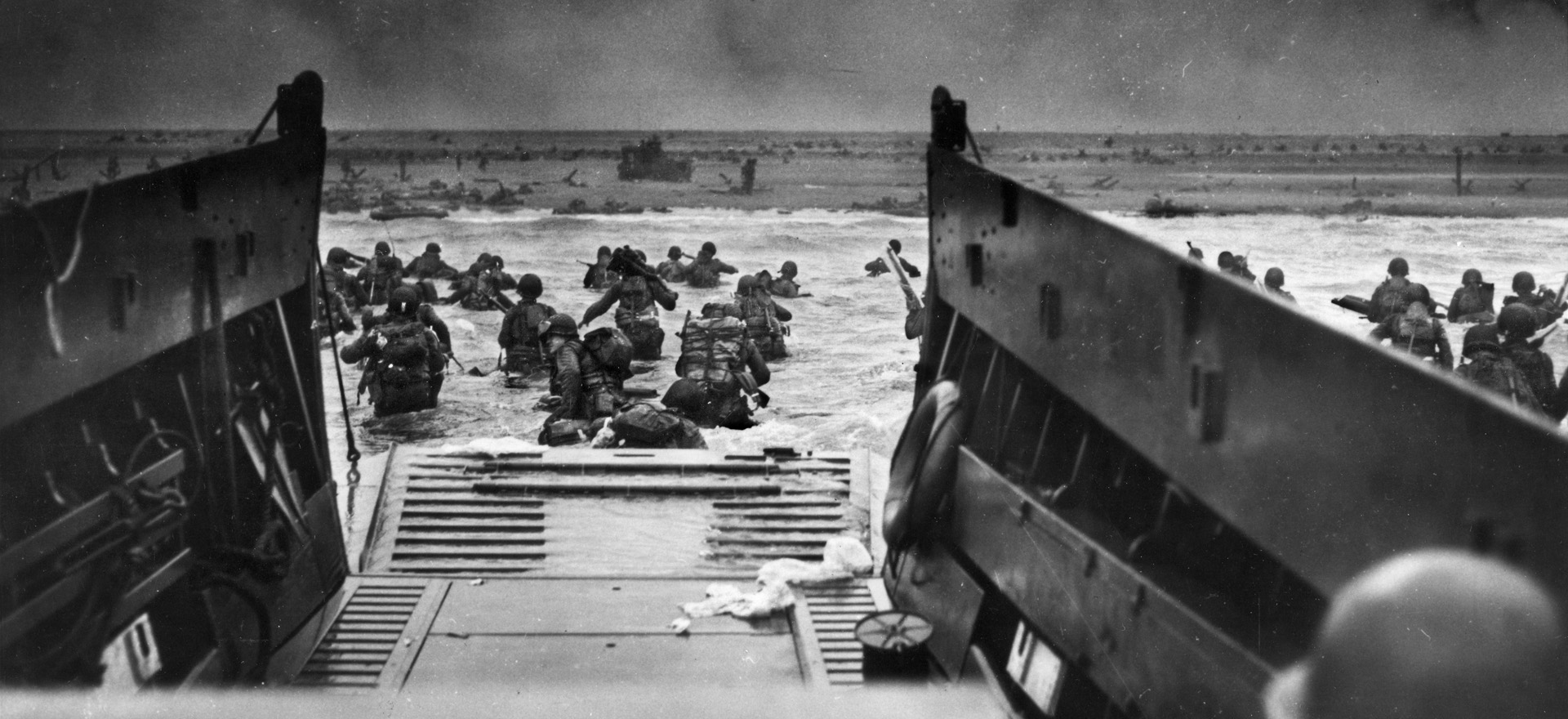
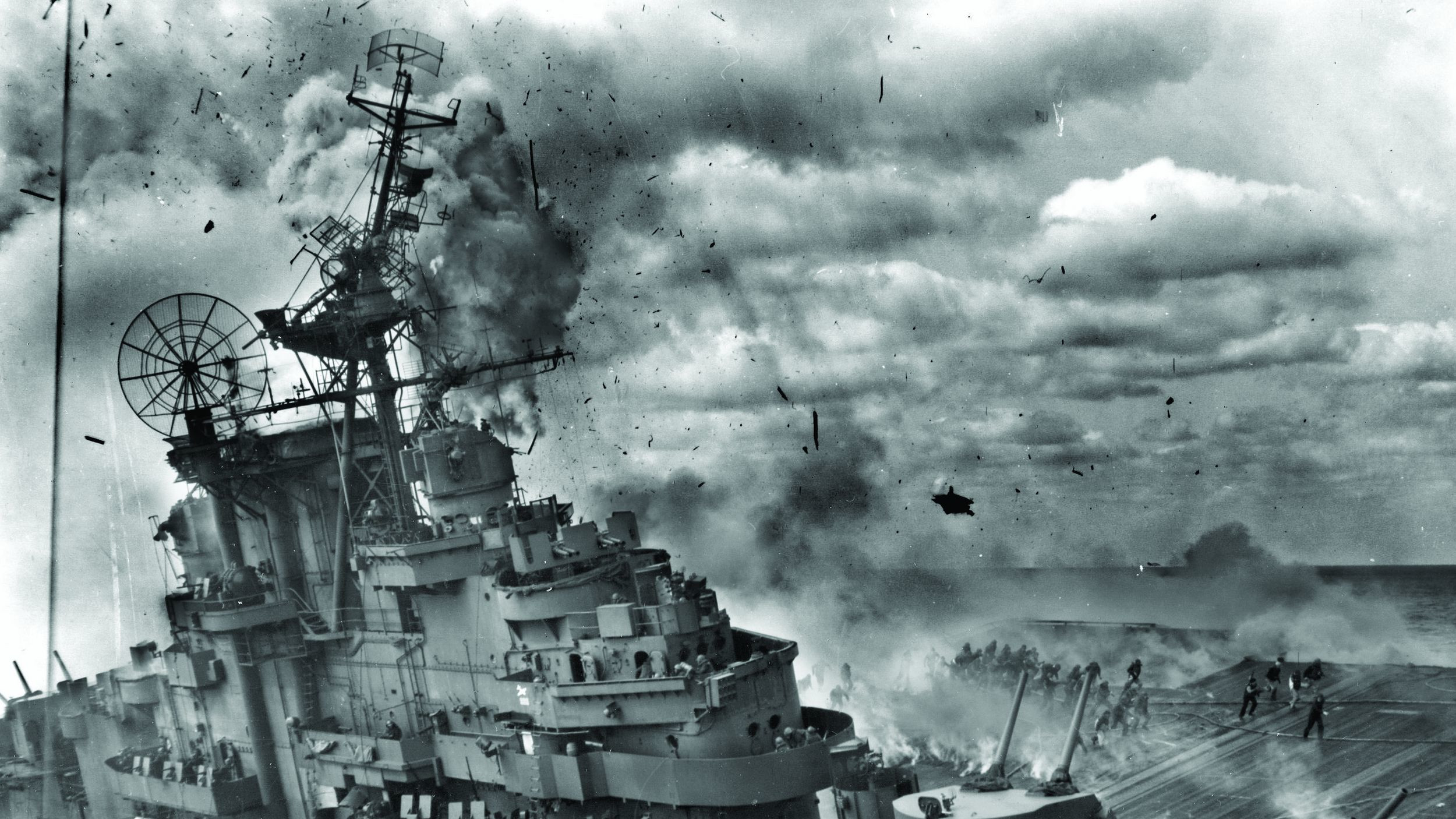
The Italians were not incompetent,they were also not doomed from the start .Without them, Rommel would not have last a week in North Africa .Much too importance has been given to the Italian losses during Compass,while the fact that the Italians had already stopped the Western Desert Force BEFORE the arrival of the Germans has been hidden .
Most of the BEF losses in 1940 and of the German losses in North Africa were POWs,but no one used this as an argument that the BEF and the Afrika Korps were coward . This applies only for the Italians .
Who knows that the majority of the Axis forces at Alamein were Italians ?
All this proves the bias of the official WW2 history and historians .
There are some exceptions :Sadkovich, O’Hara,Cernuschi.
Totally agree with the comments there’s always been an unjustified slur on the Italians which is unfair especially when they were the majority in the North African campaign,they hardly get any mention in history programes… they also fought bravely on the eastern front against the Russians protecting the Germans flank and were the last to hold their positions.
This article mentioned that Italian divisions were made up the two regiments rather than the more standard triangular arrangement of three regiments. The triangular division was a relatively recent development, made possible by improved communication and mobility. Previous to the triangular arrangement a division was made up of two brigades, each with two regiments. In this context the Italian division was more correctly the equivalent of a brigade within the earlier divisional arrangement.